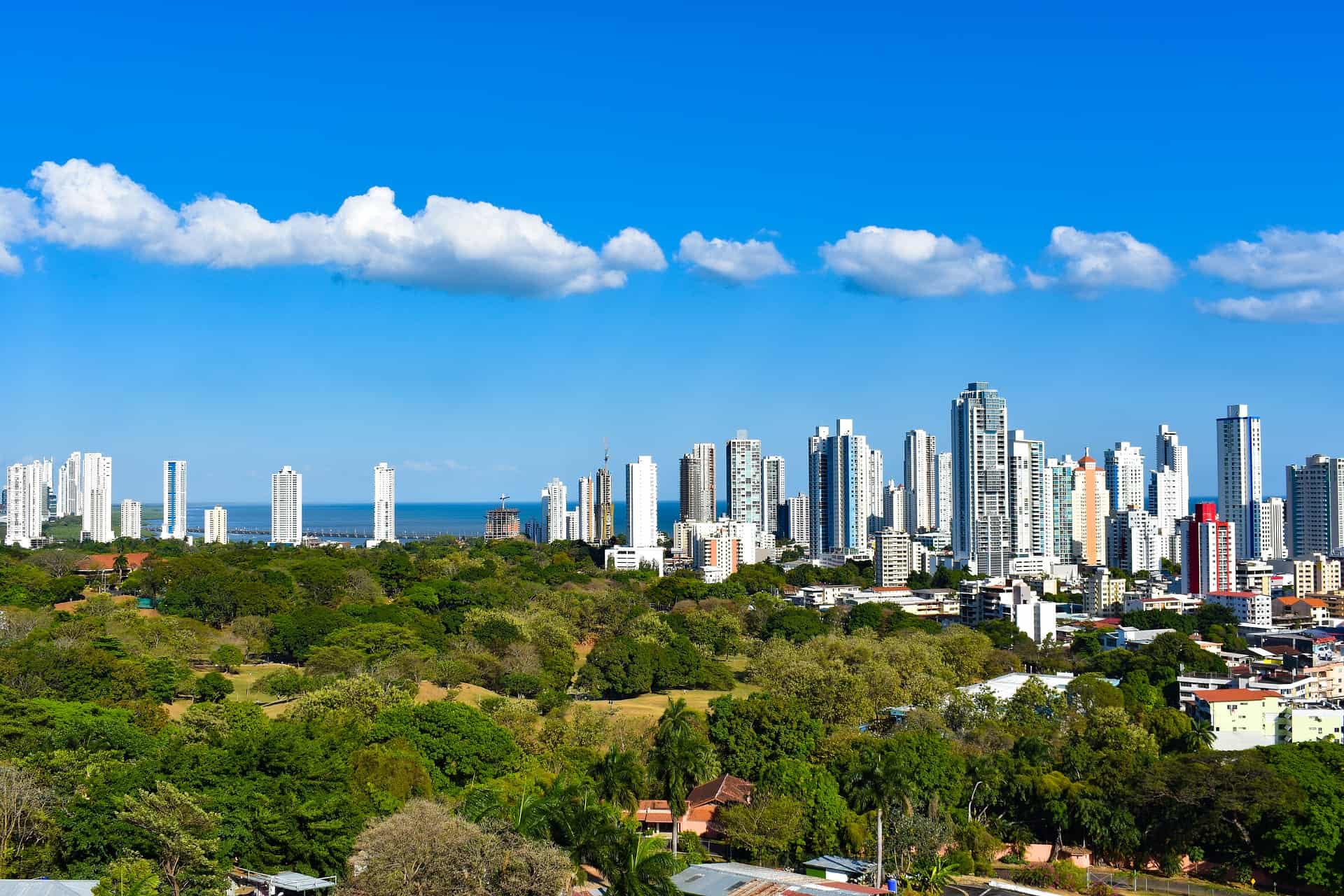The economy of Panama, one of the largest in Central America, suffered a historic contraction of 17.9% in 2020 compared to 2019 due to the effects of the pandemic, though authorities expect a rebound this year supported by investment and consumption.
It was a historic drop, exceeding that recorded in 1988, when Panama’s GDP collapsed by 13.38%. In addition, it exceeded the IMF’s 9% fall forecast and the 11% forecast advanced by the Economic Commission for Latin America and the Caribbean (ECLAC).
“During 2020, the total production of goods and services in the Panamanian economy, measured through GDP, reflected a contraction of 17.9% compared to 2019,” said the Office of the Comptroller General of the Republic, based on figures from the National Institute of Statistics and Census.
“It is considered the fourth-largest drop in the world. Panama depends a lot on international services and those services, as the world was affected, were greatly affected. That caused the economy to fall sharply,” said the former dean of the faculty of Economics of the University of Panama, Rolando Gordon.
Measures limited productivity
The negative behavior “was the result of the performance of activities that were affected by the emergence of the coronavirus pandemic” in March, “a situation that lasted for the next nine months of the year,” the entity explained.
The sanitary containment measures limited many productive sectors, forcing downsizing, closures, and the suspension of employment contracts.
The sectors most affected were construction, an item that usually represents 15% of the country’s GDP, which had a drop of 52% over 2019. Also, as in the rest of the world, the hotels and restaurants sector felt the blow (-55.8%) in a country with a high tourist flow.
Some sectors thrived
However, activities related to the internal economy had positive behaviors, with an increase in the number of health employees to face the health emergency, said the Comptroller’s Office. Social services and private health grew 4.7%.
There was also an increase in mining (34.1%) and agriculture (3%).
Regarding the transportation sector, although the sector also suffered, the activities of the Panama Canal, an important communication channel between the Atlantic and the Pacific, contained the fall. There was an increase of 1.7% in tolls and 33.8% in services provided to ships.
“Agriculture grew because food had to be produced. Although the ports continued to function and had positive numbers, they did not generate great income for the national economy,” Gordon explained.
Time to recover
Panama, which has already started vaccinations against Covid-19, has gradually resumed its economic activities. Cepal foresees a growth of 5.5% for 2021, while the IMF considers that it will be around 4%.
But for the economist and university professor Felipe Argote, since 2019 the economy of Panama had been slowing down.
“The government has to finance companies so that they do not go bankrupt, give incentives to small and medium-sized companies, but you have to put money in people’s pockets” Argote said.
The government supported the unemployed with a monthly bonus of $100. But Argote believes that the bonus should be $300, in addition to a reduction in the excise tax.
“If there is no consumption, it is because there is no money or work. And if there is no work, it is because there is no investment and companies are not going to invest like that. Foreign investment fell sharply,” Gordon said.






